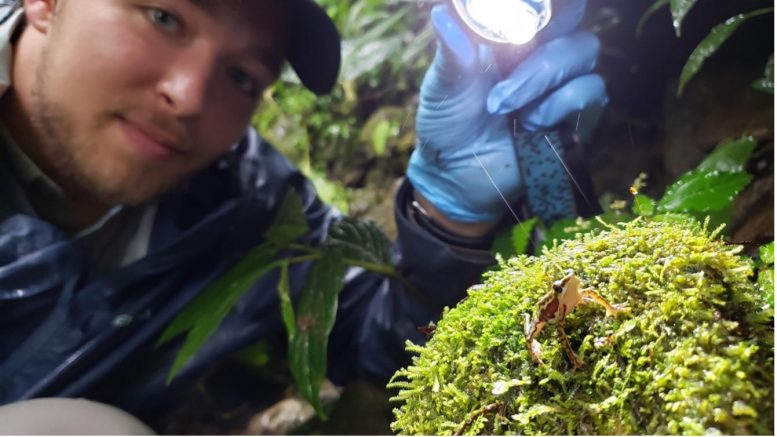
- Through literature review and fieldwork, Michigan State University researchers and partners in Ecuador have discovered that up to 32 harlequin frog species that were thought to be possibly extinct are still alive in the wild.
- This research, funded by the National Geographic Society, offers a “glimmer of hope” against a backdrop of bleak biodiversity narratives, particularly for amphibians. However, the researchers hope that the findings would spur action to better protect and conserve these rediscovered species.
- Over the past two decades, harlequin frogs thought to be extinct have been reappearing. However, until recently, rediscoveries have been recorded as isolated events. This new study provides a more complete picture of the harlequin frog’s status.
- The team also gathered new data about rediscovered species, including genetic data, which will aid in conservation work. The researchers are also collaborating with local Ecuadorian communities, including Indigenous groups, who have been crucial in both rediscovering and protecting these frogs.
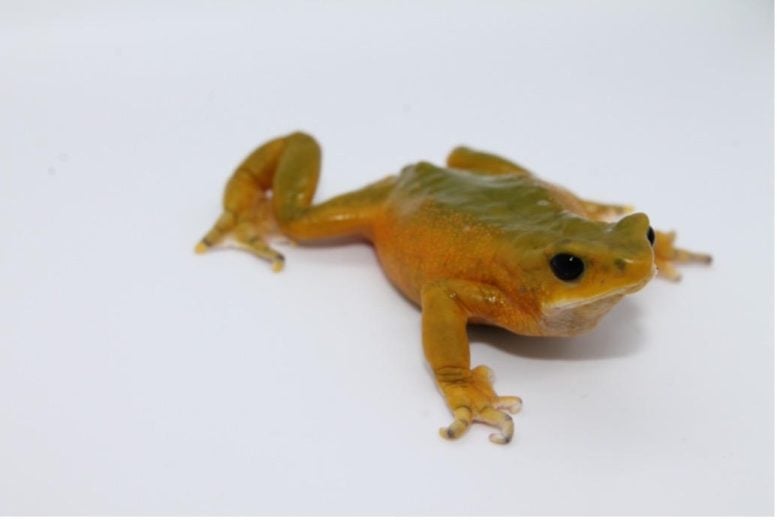
If there’s news regarding amphibians these days, it’s probably not good. For over four decades, a pathogenic fungus has been decimating populations all across the planet, driving numerous species to extinction. And once a species is declared extinct, it is probably not going to reappear.
That’s why scientists have been astounded to observe one species — Atelopus, also known as harlequin frogs — defying the odds. Now, new research from ecologists at Michigan State University and partners in Ecuador is laying the groundwork for an unprecedented underdog story — or, if you will, an underfrog story.
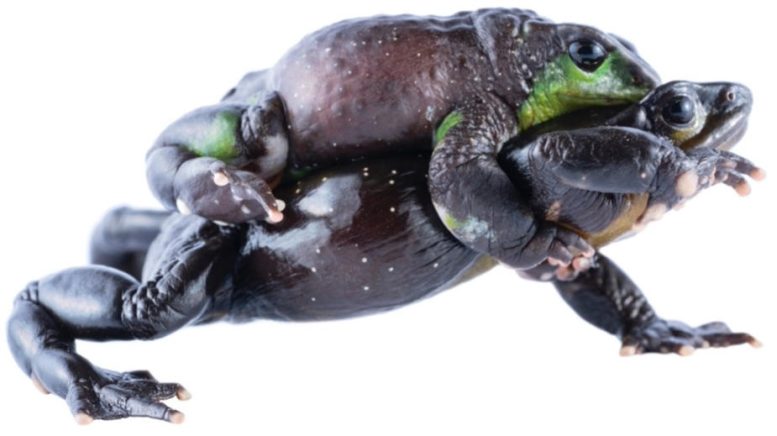
With a combination of literature review and fieldwork, the team has shown that as many as 32 harlequin frog species, once thought to be possibly extinct, are still surviving in the wild.
“I can’t tell you how special it is to hold something we never thought we’d see again,” said Kyle Jaynes, the lead author of the new study published in the journal Biological Conservation. Jaynes is an MSU doctoral student in the Department of Integrative Biology and the Ecology, Evolution, and Behavior Program, or EEB.
The team’s work paints a much brighter picture for the future of these frogs and biodiversity in general. But the researchers also hope it creates a sense of urgency around conserving the rediscovered species, which are still critically endangered.
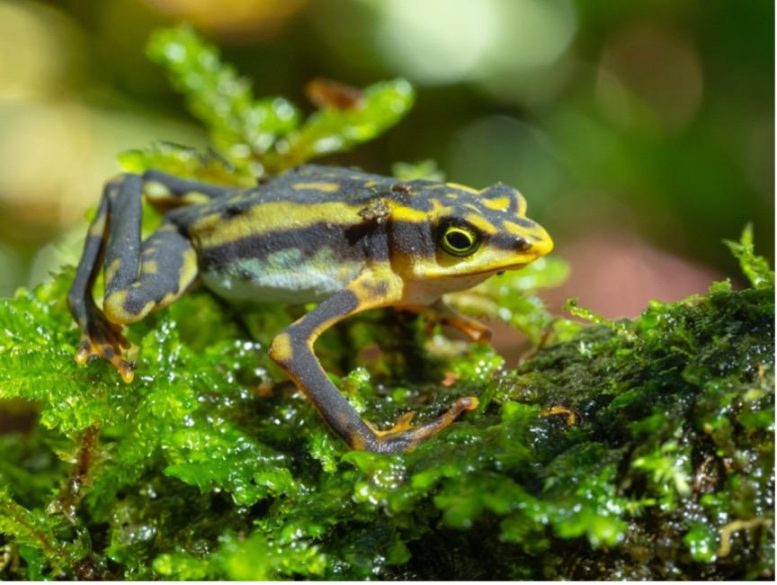
“We want people to walk away from this with a glimmer of hope that we can still address the problems of the biodiversity crisis,” said Jaynes, who works in the lab of Sarah Fitzpatrick, an assistant professor in the College of Natural Science who is based at the W.K. Kellogg Biological Station.
“But rediscovery does not equal recovery,” Jaynes said. “This story isn’t over for these frogs, and we’re not where we want to be in terms of conservation and protection. We still have a lot to learn and a lot to do.”
“This study opens up a lot of other questions,” said Fitzpatrick, who is also a core faculty member of EEB.
“For example, why are these frogs persisting? What we found points to the fact that there probably isn’t a single explanation,” Fitzpatrick said. “And now that we’ve described these frogs, how do we ensure their recovery?”
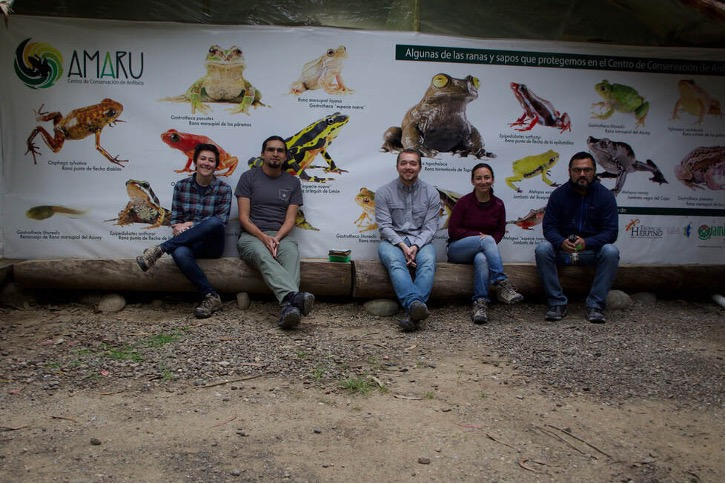
The team also included Luis Coloma and Andrea Terán-Valdez of the Jambatu Center for the Investigation and Conservation of Amphibians; Mónica Páez-Vacas and David Salazar-Valenzuela of the Universidad Tecnológica Indoamérica (Indo-American Technological University); Juan Guayasamin of the Universidad San Francisco de Quito (San Francisco University of Quito); and Fausto Siavichay of the Amaru Zoológico Bioparque (Amaru Zoological Biopark).
Invaluable contributions have also come from outside the realm of professional research and conservation. The team works with local communities in Ecuador — including Indigenous communities — that treasure the frogs at least as much as the researchers do.
“We really want people to understand how important our partnerships are. We were invited into this work by our Ecuadorian colleagues,” Fitzpatrick said. “They’ve been working tirelessly on these challenges for decades. There are so many things that they bring to this work that make it possible.”
Reference: “Harlequin frog rediscoveries provide insights into species persistence in the face of drastic amphibian declines” by Kyle E. Jaynes, Mónica I. Páez-Vacas, David Salazar-Valenzuela, Juan M. Guayasamin, Andrea Terán-Valdez, Fausto R. Siavichay, Sarah W. Fitzpatrick and Luis A. Coloma, 8 November 2022, Biological Conservation.
DOI: 10.1016/j.biocon.2022.109784